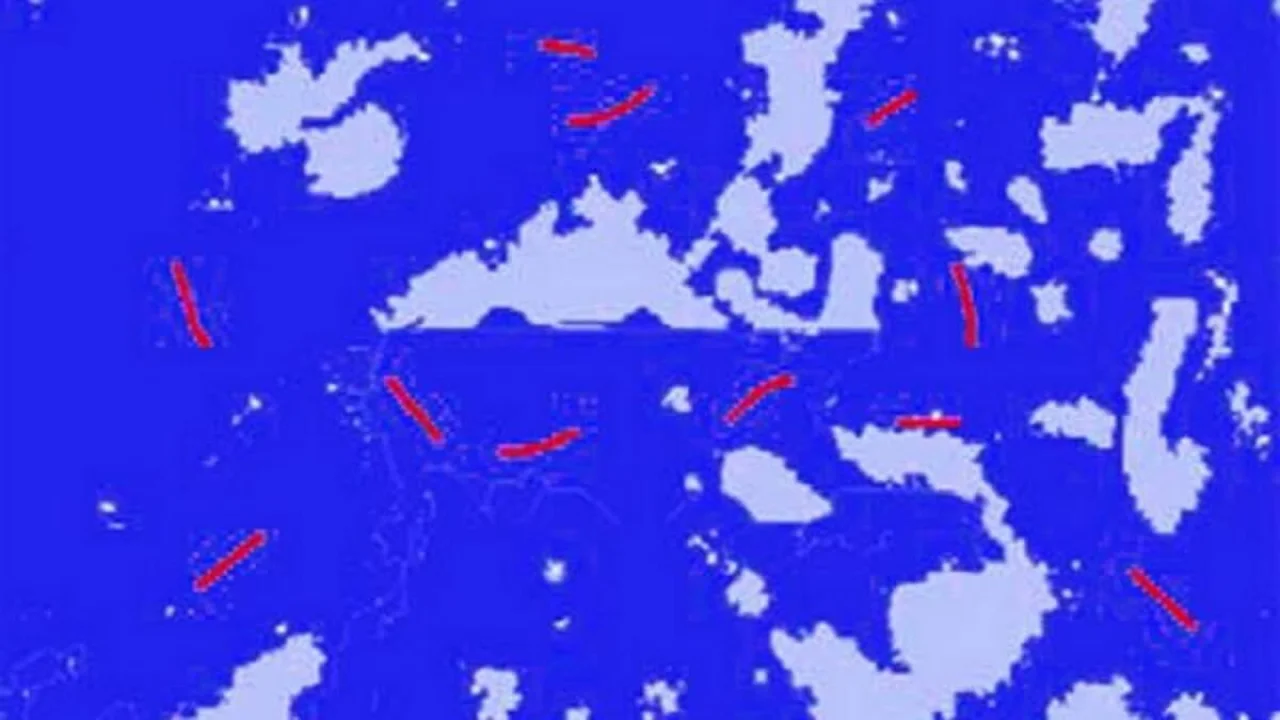Acid-Fast Staining: Purpose, Principle, Procedure and Observation
Learn acid-fast staining, including the Ziehl-Neelsen and Mobin methods, essential for identifying acid-fast bacteria like Mycobacterium and Nocardia. Learn about the procedures, reagents, and equipment required for accurate diagnosis.

Certain bacteria are resistant to Gram staining, a method traditionally used for bacterial classification. In 1882, Paul Ehrlich pioneered a staining technique specifically for these resistant bacteria, known as acid-fast staining. This method was later refined by Ziehl and Neelsen, leading to the development of the Ziehl-Neelsen stain, which remains the most significant differential staining technique for identifying acid-fast species such as Mycobacterium, Actinomyces, and Nocardia. Notable pathogenic acid-fast bacteria include M. tuberculosis (causing tuberculosis), A. israelii (causing actinomycosis), M. leprae (causing leprosy), and N. asteroides (causing nocardiosis).
Definition of Acid-Fast Bacteria
Acid-fast bacteria retain the primary dye, carbol fuchsin, even after decolorization with an acid-alcohol solution, unlike non-acid-fast bacteria. This characteristic is due to their thick, waxy cell walls rich in mycolic acid, which makes them resistant to conventional staining techniques. Heat is used as a mordant to facilitate dye penetration through this waxy barrier into the cytoplasm.
Purpose of Acid-Fast Staining
- To differentiate between acid-fast and non-acid-fast bacteria.
- To diagnose pulmonary tuberculosis from sputum smears.
Acid-Fast Staining by Ziehl-Neelsen Method
Requirements
Specimen
- Sputum, body fluid, pus, or swabs from the infection site.
- Bacterial cultures.
Reagents
- Carbol fuchsin
- Acid-alcohol solution
- Methylene blue
Equipment
- Bunsen burner
- Wire loop
- Glass slides
- Spirit lamp
- Microscope
Procedure: Ziehl-Neelsen Method
- Smear Preparation: Prepare a thin smear on a clean glass slide using sterile techniques.
- Fixation: Air-dry the smear, then fix it by passing it through a flame.
- Primary Staining: Cover the smear with carbol fuchsin and heat it over a spirit lamp for 5 minutes without boiling.
- Washing: Cool the slide and rinse it with tap water.
- Decolorization: Flood the slide with acid-alcohol for 3 minutes, wash with tap water, and drain.
- Counterstaining: Apply methylene blue for 2 minutes.
- Final Wash and Drying: Rinse with tap water and air dry.
- Microscopic Examination: Observe the smear under an oil immersion objective.
Observation
Under the microscope, acid-fast bacteria appear as bright red rods, while non-acid-fast bacteria stain blue.
Advantages and Disadvantages of Ziehl-Neelsen Stain
| Advantages of Ziehl-Neelsen Stain | Disadvantages of Ziehl-Neelsen Stain |
|---|---|
| Specificity: Effective for distinguishing acid-fast bacteria from non-acid-fast bacteria. | Time-Consuming: Multiple steps can prolong the staining process. |
| Diagnostic Utility: Essential for identifying Mycobacterium tuberculosis and other pathogens. | Labor Intensive: Requires careful preparation and adherence to protocols. |
| Simple Procedure: Relatively straightforward method using basic staining reagents. | Technical Skill: Demands skilled personnel for accurate preparation and interpretation. |
| Visual Clarity: Produces distinct red staining against a blue background for clear microscopic observation. | Interference: Susceptible to errors and false results if protocols are not followed rigorously. |
Acid-Fast Staining by Mobin Method
In 1985, Pakistani microbiologist Abdul Mobin Khan introduced a modification to acid-fast staining that eliminates the need for heating the primary dye. Initial fixation over a flame is still required to enhance cell wall permeability, allowing the primary dye to penetrate effectively.
Requirements
Specimen
- Sputum, body fluid, pus, or swabs from the infection site.
- Bacterial cultures.
Reagents
- Mobin stain
- 1% H₂SO₄
- Crystal violet
Equipment
- Wire loop
- Bunsen burner
- Glass slides
- Microscope
Procedure: Mobin Method
- Smear Preparation: Using sterile techniques, prepare a thin smear covering a large area of the slide.
- Fixation: Air-dry the smear and pass it through a flame 20 times.
- Primary Staining: Place the smear on a staining rack and cover it with Mobin stain for 10 minutes.
- Washing: Pour off the stain and rinse the slide with tap water.
- Decolorization: Use a 1% H₂SO₄ solution to decolorize the smear until it is light pink.
- Final Wash and Drying: Rinse with tap water and air dry.
- Microscopic Examination: Observe the smear under an oil immersion objective.
Observation
Microscopic examination reveals acid-fast bacteria as red rods, while non-acid-fast bacteria appear blue.
Advantages and Disadvantages of Mobin Stain
| Advantages of Mobin Stain | Disadvantages of Mobin Stain |
|---|---|
| Simplified Procedure: Eliminates the need for heating the primary dye, reducing procedural steps. | Limited Application: May not be as widely accepted or standardized as the Ziehl-Neelsen stain. |
| Reduced Time Requirement: Shorter staining and decolorization times compared to traditional methods. | Potential for Variability: Dependence on individual technique and staining conditions may affect results. |
| Cost-Effective: Requires fewer reagents and less energy (no heating required), reducing operational costs. | Interpretation Challenges: Differences in staining intensity or clarity may impact interpretation accuracy. |
| Accessibility: Easier implementation in resource-limited settings where sophisticated equipment or extensive training is lacking. | Validation Needed: Requires validation against established methods for diagnostic reliability. |
The information on this page is peer reviewed by a qualified editorial review board member. Learn more about us and our editorial process.
Last reviewed on .
Article history
- Latest version
Cite this page:
- Comment
- Posted by Dayyal Dungrela